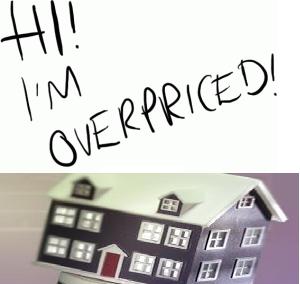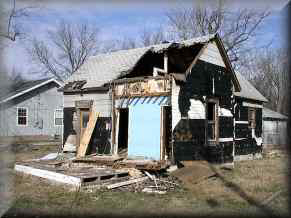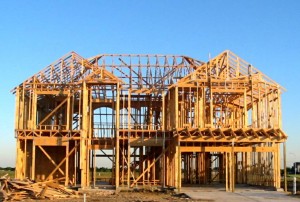WASHINGTON, D.C.—The U.S. Consumer Product Safety Commission (CPSC) has identified the Chinese drywall manufacturers whose drywall emitted high levels of hydrogen sulfide in testing conducted for the agency by Lawrence Berkeley National Laboratory (LBNL). There is a strong association between hydrogen sulfide and metal corrosion. Even in the Charlotte NC area we have seen some of these problems.
The following list identifies the top 10 drywall samples tested that had the highest emissions of hydrogen sulfide, along with the identity of the manufacturer of the drywall and the year of manufacture, from highest to lowest.
- Knauf Plasterboard (Tianjin) Co. Ltd.: (year of manufacture 2005) China
- Taian Taishan Plasterboard Co. Ltd.: (2006) China
- Shandong Taihe Dongxin Co.: (2005) China
- Knauf Plasterboard (Tianjin) Co. Ltd.: (2006) China
- Taian Taishan Plasterboard Co. Ltd.: (2006) China
- Taian Taishan Plasterboard Co. Ltd.: (2006) China
- Shandong Chenxiang GBM Co. Ltd. (C&K Gypsum Board): (2006) China
- Beijing New Building Materials (BNBM): (2009) China
- Taian Taishan Plasterboard Co. Ltd.: (2009) China
- Shandong Taihe Dongxin Co.: (2009) China
Find More helpful information at House Logic brought to you by the National Association of Realtors.
Does your home have Chinese Drywall?
1. One of the first signs of Chinese drywall is a strong sulfur smell, similar to the smell of rotten eggs. Lots of people in new homes pass this off as smell from the paint, or new carpeting, etc. If you smell sulfur in your home, you should consider a method of testing. See the resources section for more. Also, just because your home doesn’t smell like sulfur doesn’t mean you don’t have Chinese drywall. In cooler environments, Chinese drywall contaminated homes have been found not to smell.
2. Check for corrosion on your metal faucets, drains, mirrors, picture frames, jewelery, etc. Anything that contains decorative metal in your home should be checked for pitting, darks spots, or a dark discoloration. These are tell-tale signs of Chinese drywall
3. Also, check the copper in your home. If you see darkening of copper wires, you may have Chinese drywall. A good place to check the copper in your home is at your water heater. There should be a few copper pipes around the top of your water heater.
4. Watch for failing appliances. If your large appliances like TV’s, air conditioning unit or refrigerator have stop working or are working poorly, especially if they are relatively new, you may have Chinese drywall in your home
Information courtesy of Ehow
Visit Houselogic.com for more articles like this. Reprinted from HouseLogic.com with permission of the NATIONAL ASSOCIATION OF REALTORS®.



